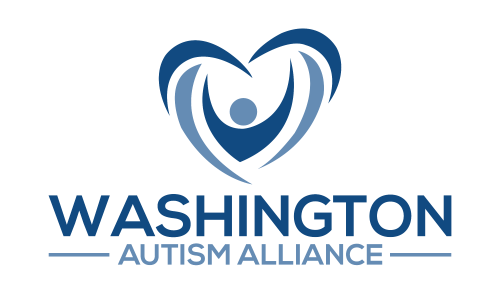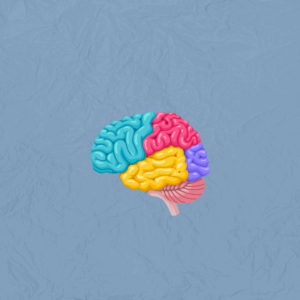When a person has a combination of two or more diagnoses or disabilities it’s considered a dual diagnosis. The National Institute of Health reports that ninety-one percent of children and thirty-one percent of adults were diagnosed with one or more co-occurring diagnoses using the Mini International Neuropsychiatric Interview (MINI). Anxiety disorders, mood disorders, attention deficit hyperactivity disorder (ADHD), obsessive-compulsive disorder (OCD) and oppositional defiant disorder are common diagnoses that occur with autism. Medical conditions such as epilepsy, sleep disorders, gastrointestinal issues, developmental diagnosis, such as intellectual disabilities, language delay or mental health conditions can also co-occur with autism. These additional disorders can be extremely challenging for individuals with autism spectrum disorder.
For me personally, my son was diagnosed with autism right before he turned 4. I immediately immersed myself in understanding autism and what therapies and supports were available for him. We saw great progress with my son, however when he began kindergarten, we noticed some new challenges and they weren’t like what we saw before. Due to some challenges we faced within our school district at the time, we were able to have an Independent Education Evaluation (IEE) conducted on my son. One of the specialists that assessed him was a neuropsychologist, who also happened to also be a Board Certified Behavior Analyst (BCBA). The outcome of his observations of my son was that in addition to autism, he also had combined ADHD and anxiety. At the time we weren’t as knowledgeable about a dual diagnosis and didn’t quite understand how to approach treatments and supports for him. Over time we’ve started to figure it out and navigate a therapy program and supportive path for him. What we learned is it’s so critical to understand all the facets of a dual diagnosis and figure out a game plan on how to approach it.
How do you treat a dual diagnosis?
There are lots of treatments available for treating a dual diagnosis, but it’s important to work with professionals that understand your child’s conditions. I’m sure you have heard the saying “If you’ve met one person with autism, you’ve met one person with autism”. The same can be said with handling a dual diagnosis. What works for one person, may not work for the next. Identify what your child is struggling with, understand the available therapies and treatments available and then decide which one(s) would benefit your child the most. There are play therapy groups, cognitive behavior therapy (CBT), Applied Behavior Analytics (ABA), Dialectical Behavior Therapy (DBT), neurofeedback therapy, music therapy, art therapy, equine therapy, just to name a few. There’s also various medications that can sometimes help. Do your research and work with a professional that understands not only your child’s condition, but also understands your child. Your child could be 8 like mine or 28. It’s never too late to understand a dual diagnosis and seek treatment.
**On July 28th at 11:00 am, WAA will be hosting a Lunch and Learn informational session with Shobhma Srivastava, M.Phil (Clinical Psychology), BCBA ( Board Certified Behaviour Analyst). She also just recently became certified in Orton Gillingham. She will be covering the topic of “Dual Diagnosis”.


